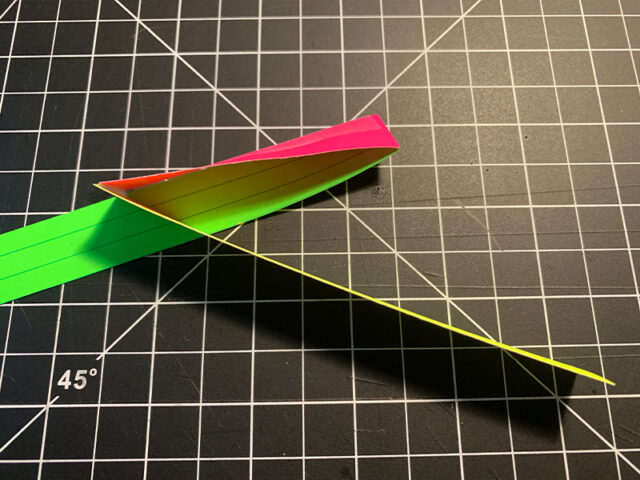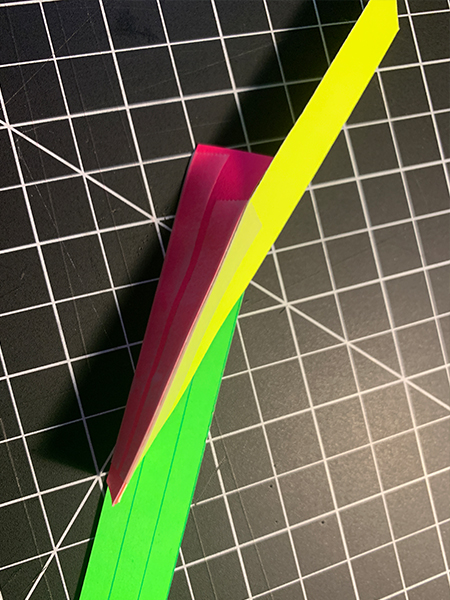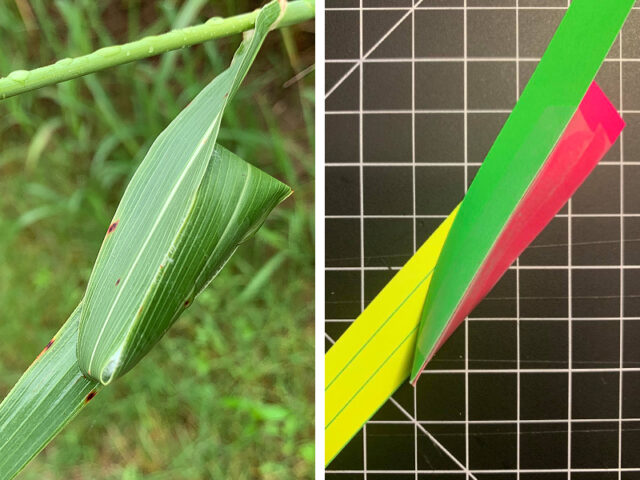Dateline – June 8, 2021 – Carrollton, Texas
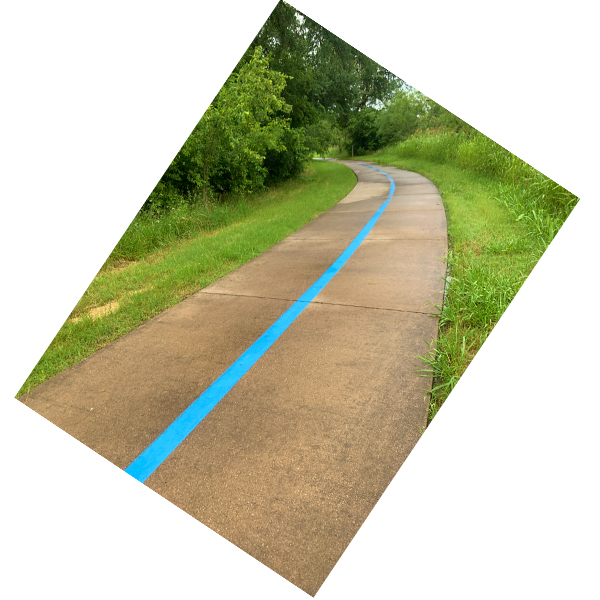
Johnson Grass growing up along side
I had noticed a couple of these strange things on Tuesday morning’s dog walk before the oddity of the situation finally began to strike me. This was something I had not seen before!
In the tall Johnson Grass growing up along side the park trail were a number of small constructs made of carefully folded blades of grass. Some were made from a single fold, creating a compartment tightly sealed with silk webbing along the seams. Others were built with a slightly more complicated trifold, also closed up tight with silk used as glue.
It was one of these intricate trifolds that finally convinced me to stop and take a closer look. Johnson Grass grew thick and tall in this part of the park, and some small critter was using the long, flexible Johnson Grass blades to construct a nest or cocoon of some kind. The white sticky silk holding it all together suggested that the occupant was either a variety of spider or maybe a caterpillar.
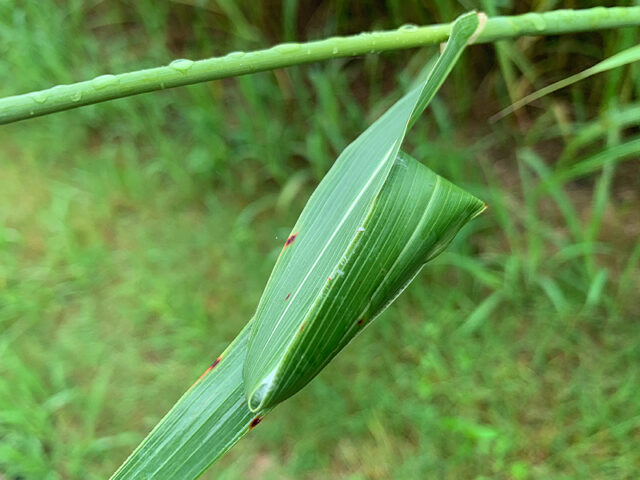
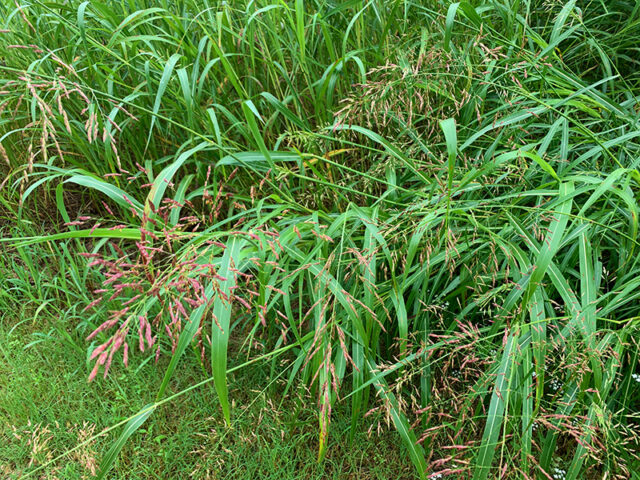
I discovered numerous examples of these cocoons as I made my way down the trail. Every dozen yards or so I would come across another one. See the photographs below for examples of the different forms…
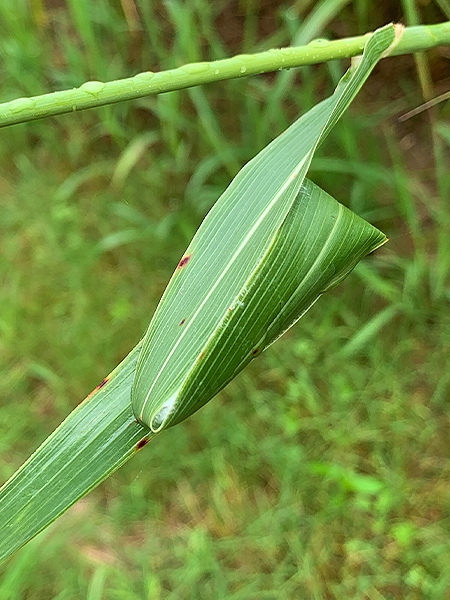
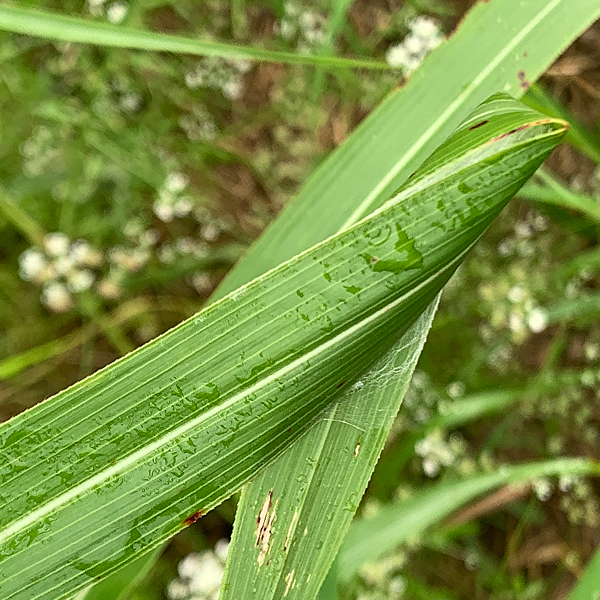
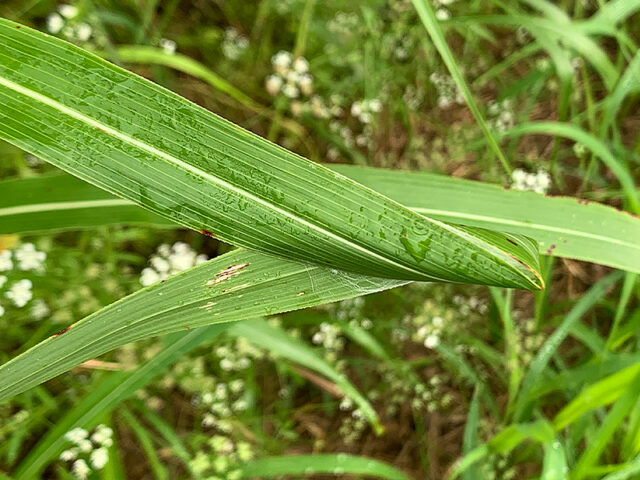
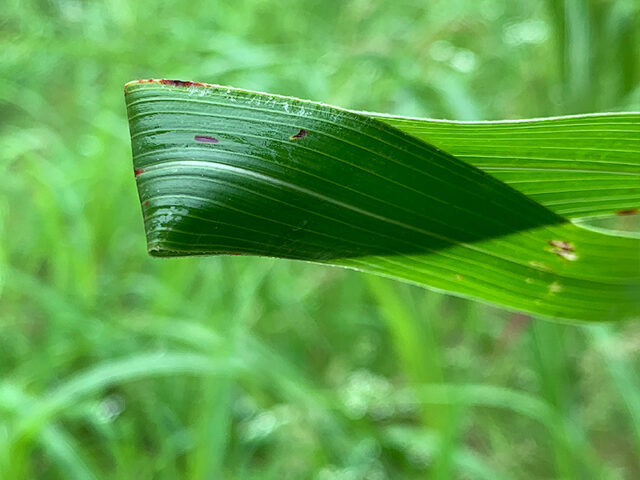
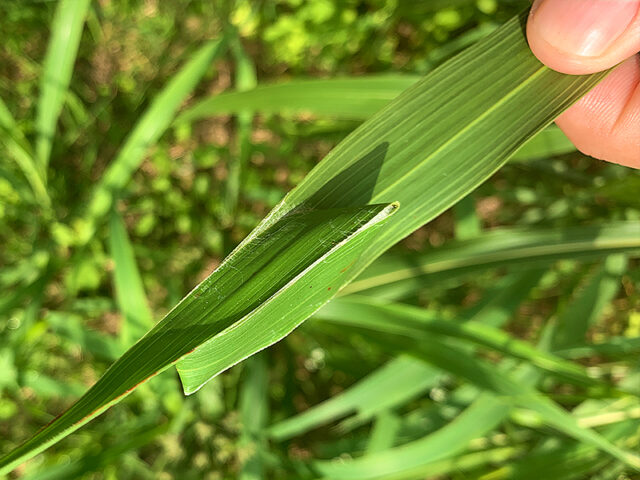

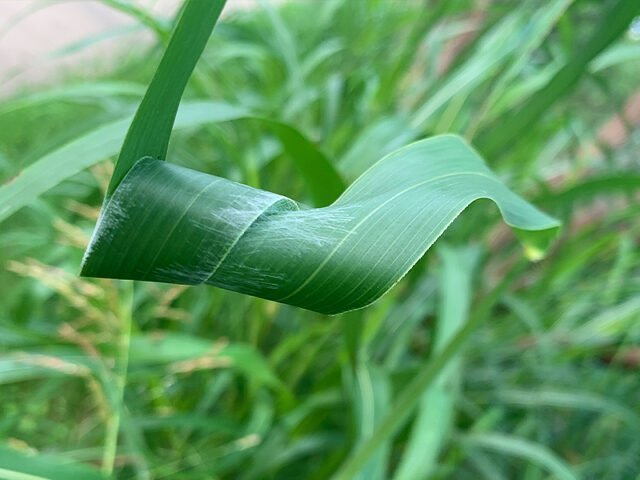

When I finally came across one of these constructs in a place that was due to be mowed in the next day or so, my curiosity at last got the best of me. I carefully pulled apart the folded grass blade to see what was inside, and revealed that it was indeed a spider that was responsible for these creations. Inside the cocoon was a small tan and brown spider, roughly an inch in length as seen in the photographed position. Found with the spider were numerous spherical and translucent eggs… This had been a nest of sorts after all.
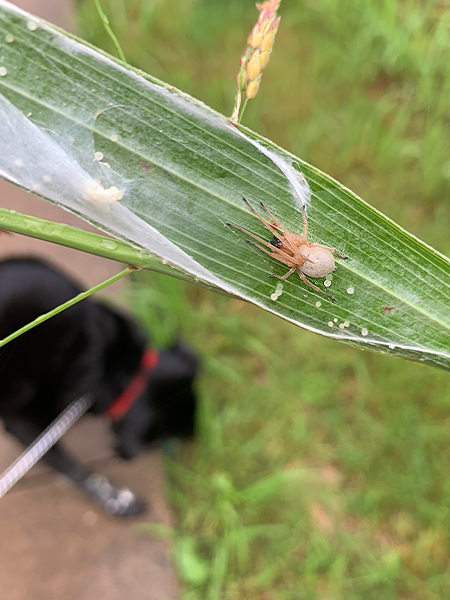

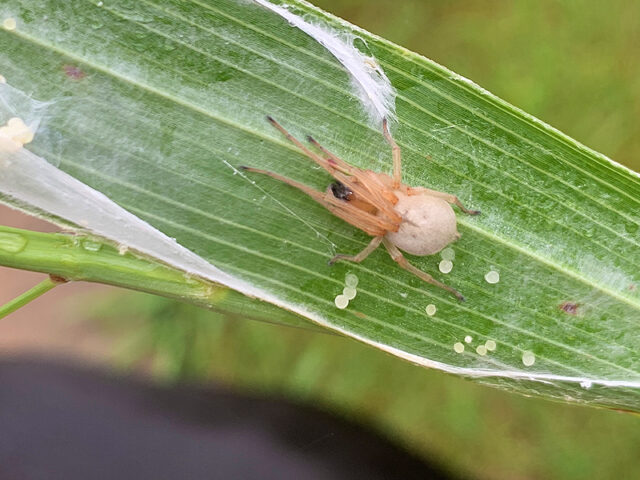
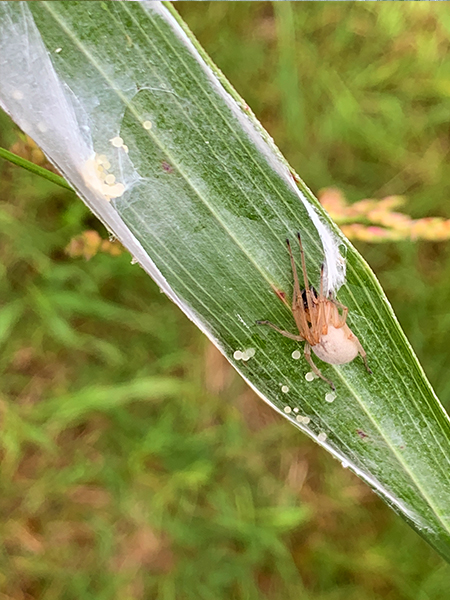
be needed to find a positive ID on the internet
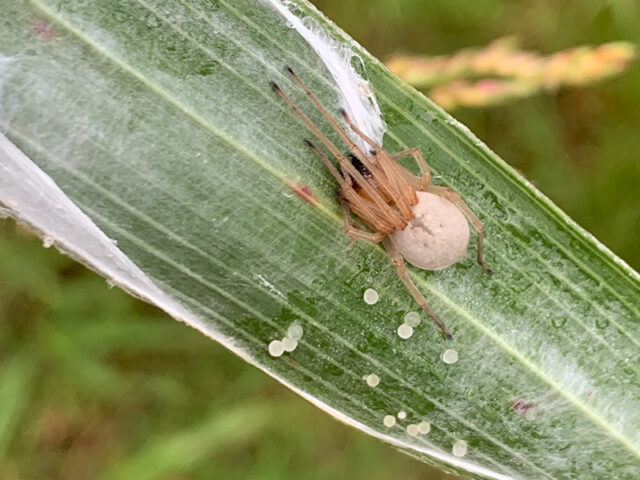
Back at the house, I began the requisite Google searching required to get a positive ID. Spiders are notoriously difficult to identify absolutely, and I felt a bit of concern that this might be a futile effort.
Fortunately, it was not, and intriguing results came back with my very first query. I soon had the spider tentatively identified as a Sac Spider—which in North Texas means it is likely either a Cheiracanthium mildei or Cheiracanthium inclusum. Collectively, these spiders are referred to as Yellow Sac Spiders, or some other similar variation. It is said that Cheiracanthium inclusum is more common outdoors, so perhaps it that ID should be given the inside track. Further, Cheiracanthium inclusum is a native species, while Cheiracanthium mildei has been introduced to North America from Eurasia and North Africa.
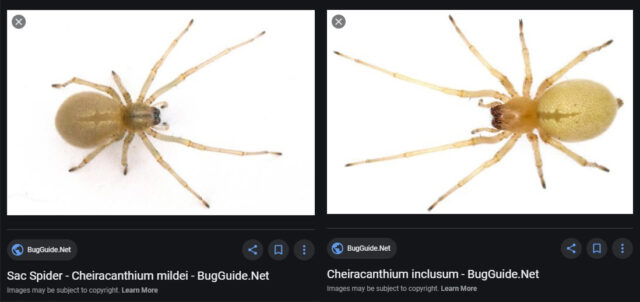
Here is what Wikipedia has to say about these spiders and their unusual reproductive strategy:
Females of C. inclusum mate only once, and produce their first egg mass about 14 days after mating. Two sets of eggs are usually produced, but this can range anywhere from 1 to 5. Egg masses generally contain 17 to 85 eggs, although as many as 112 eggs have been reported in a single egg mass. Egg laying generally occurs during the months of June and July; during this period, females lay their eggs in small (2 cm) silk tubes and enclose themselves with the eggs, protecting them from predators. Females stay with the eggs and juvenile spiders for about 17 days – until their first complete molt. Females which produce additional egg masses construct a second egg sac about two weeks after the juvenile spiders disperse.
During my research, I found several articles describing spiders that built nest similar to the one I had come across (many species do this). In one of these articles the author describes attempting to deepen his understanding of the spider’s process by constructing a model of the cocoon out of a strip of paper. I thought this was an interesting idea, so I did the same. You can see my results below…

each section of fold denoted by a different color

